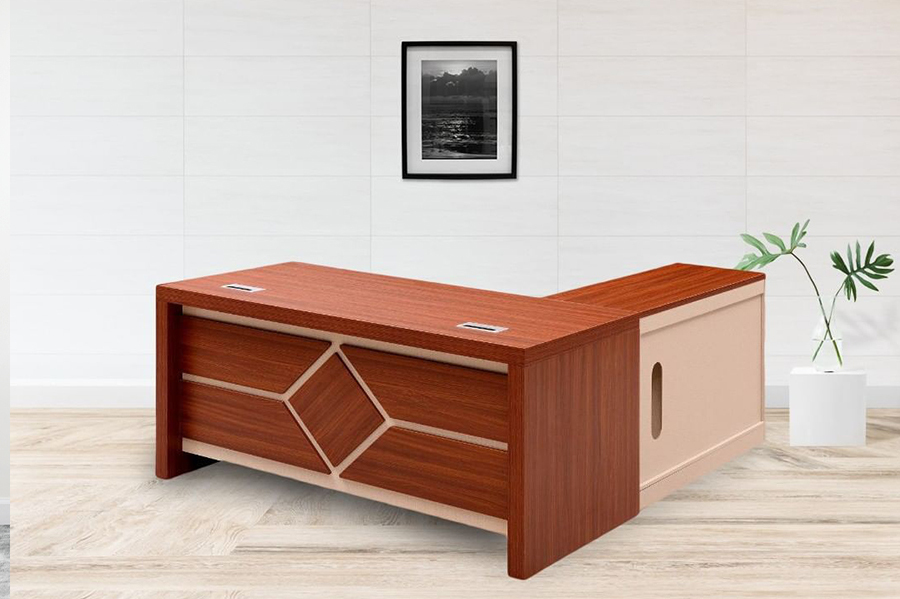If you have a desk job that requires hours of sitting per day, you must focus on the wellness of your spine. Restoring your spine and surrounding tissues while sitting can relieve strain on your back, neck, and other joints. With recent advancements in technology and design, it is simple to make changes to your workstation.
While you’re sitting, make sure you’re doing everything you can to protect your spine. Read this article till the end and follow these simple steps to buy a perfect ergonomic office chair for your workspace.
1. Upper Arms must be Parallel to Your Spine
When you sit at your desk, your upper arms should be parallel to your spine, and your forearms and hands should rest on the work surface. Your elbows should always be bent at a 90-degree angle at this point. If they aren’t, raise or lower your ergonomic office chair as needed. Keeping your arms uncommonly high or low can strain your shoulder joints and upper back, resulting in pain. Ergonomic chairs come with adjustable arm rests to make sure your arms are at ease.
2. Boost your Feet for Extra Support
Your desk or chair may be too high without a flexible option. Consider using a footstool to prop and rest your feet rather than leaving them hanging all day. Using a footstool helps to relieve pressure on your legs and feet, potentially reducing foot pain at the end of the day. Ergonomic chairs have adjustable footrests to improve circulation in your legs and help you sit back comfortably.
3. Determine the Depth of your Seat
Your seat depth may not be a factor you consider, but having the proper seat depth can significantly impact your back pain. Seat depth is the distance between your seat’s back and front edges. You should have enough blood circulation space to fit your full fist between the front edge of the chair and your calf. Otherwise, your chair is too deep. Some possible solutions include moving the chair’s backrest forward, using a rolled-up towel to support your lower back, inserting a cushion or pillow, or changing your office chair.
4. Adjust the Swivel & Back Support of your Chair
Your office chair should be angled up to or just past 90° to provide back support. Some office chairs may have a lot of swivel and recline options that can be locked to keep the chair from tipping back. Some ergonomic office chairs and other office furniture from Mozafar Furnitures LLC also include lower back support in a customizable band that can be shifted down or up to fit in the small of your back for added support.
5. Reconsider your Sitting Posture
Make a conscious decision to tap your bottom against the back of the chair and avoid slouching or slumping, which can put additional strain on your lumbar discs and other lower back structures. Maintaining an ergonomically supported posture is essential for good spine health. Aim to move around or walk a small distance every 30 minutes to an hour to ensure that your posture is supported while you sit.
6. Adjust the Height of your Screen
Close your eyes and take a deep breath once your office chairs have been adjusted to the height of the table, your legs have become comfortable, and your back is supported. Face forward casually with your eyes closed, then open your eyes to the center of your computer screen. Adjust the screen to be level with your eyes. Use a book stack or a small box, such as a shoebox, to raise your laptop.
7. Adjust your Armrest to Provide Shoulder Support
Armrests help reduce neck and shoulder strain and the possibility of slumping forward in your office chairs. Adjust the armrest on your chair so that your arms are slightly lifted at the shoulders. This allows the armrest to support only the elbow and relieve pressure on the shoulders. Make these ergonomic changes to your workstation, office chair, and posture today to help relieve undesirable stresses on your spine and other joints.
8. Raise your Chair
If your seat is too low, you will flex your upper body while trying to get up, putting additional strain on your knees, hips, and ankle joints. A lower-level seat will cause recurring stresses and possibly pain in these joints with prolonged use. A comfortable seat height allows you to comfortably place both feet on the ground and bend your hips and knees at a 90° angle.
Conclusion
As a desk worker, you should always concentrate on safeguarding your back. As technology progresses, it becomes much easier to construct an ergonomic desk. Use these 8 health and wellness tips to ensure that the computer workstation that you are looking for is perfect and does not negatively impact your overall well-being.
Mozafar Furnitures LLC, a well-known supplier of ergonomic chairs in Dubai, can offer you some of the best office chairs in UAE, also furniture options in the area. We advise you not to wait for problems to arise before making ergonomic changes. Caring for something is far more difficult than avoiding it.












Leave a comment